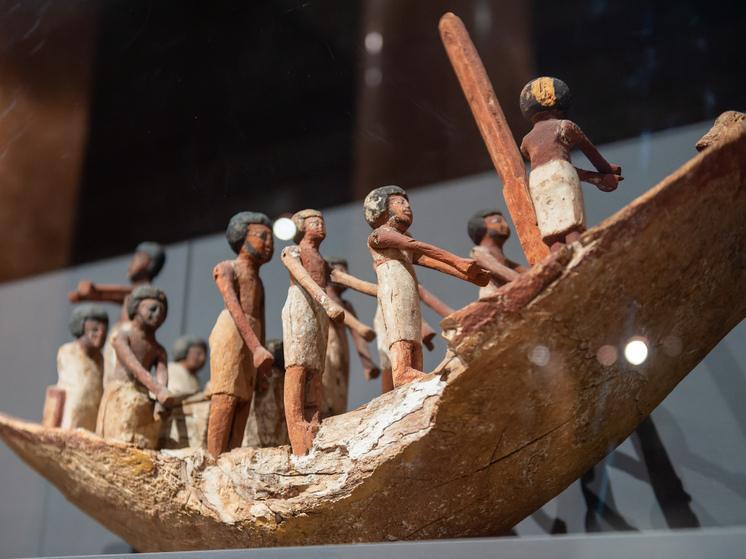Ancient Egyptian genome leads to Mesopotamia


test banner under the title image
European paleogeneticists have for the first time fully deciphered the genome of an ancient Egyptian who lived during the reign of the III and IV dynasties of the Old Kingdom — the period when the first and largest pyramids were built. The results of the analysis showed that there were active genetic links between the ancient Egyptians and the peoples of the Middle Eastern "fertile crescent," the scientists report in an article published in the journal Nature .
"Our data show that about 80% of this man's genome was inherited from local Neolithic peoples of North Africa, and the remaining 20% is associated with populations of the Middle East "fertile crescent". This confirms that the two ancient centers of civilization exchanged not only cultural achievements, but also genetic material," said Adeline Jacobs, a research fellow at Liverpool John Moores University (UK), at an online press briefing.
The conclusions were made based on the study of the remains of an elderly man aged 45 to 65 years, discovered by British archaeologists in the Beni Hasan necropolis in 1902-1904 and subsequently transferred to the museum of one of the British archaeological institutes. The peculiarity of the find was that the bones and teeth of the deceased were stored inside a ceramic vessel - a rare burial method for that time.
This circumstance ensured excellent DNA preservation, which allowed for the first time to completely decipher the genome of a contemporary of powerful pharaohs and to determine with high accuracy the age of the remains, their origin, profession and even reconstruct their appearance. Research has shown that the man from Beni Hasan was a short potter with joint problems who lived around 2855–2570 BC, during the era of the III and IV dynasties.
Genome and isotope analysis indicate that this Egyptian was born and lived in ancient Egypt, with most of his ancestors coming from North African Neolithic populations. These data support the hypothesis that ancient Egyptian civilization was formed primarily by local peoples, rather than by migrants from Anatolia or the Middle East.
At the same time, scientists have found that a small but significant portion of the genome belongs to the descendants of the inhabitants of Mesopotamia, the region of the "fertile crescent" where Sumerian city-states such as Uruk and Akkad existed at that time. This indicates long-term contact ties between the Egyptian and Sumerian civilizations throughout almost their entire existence, the researchers conclude.
The mystery of the undeservedly forgotten female pharaoh of ancient Egypt was previously solved.
mk.ru






